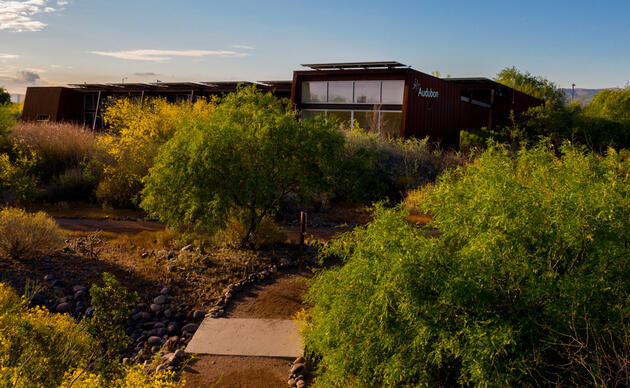The Crossroad-Hobbs-Roadrunner Transmission Project, a 345 kilovolt transmission line proposed to run through Lea and Roosevelt Counties in Eastern New Mexico, has all the ingredients for an environmental battle--yet that is far from what is actually happening.
The project, being developed by NextEra Energy, will span 137 miles crossing a patchwork of private and state land along the way, skirting wildlife areas, dairy farms, and cattle ranches. The line is also in the heart of the remaining habitat for Lesser Prairie-Chicken, one of the most imperiled species in North America. With less than 1% of the historic population remaining on the landscape, further loss of habitat could doom this bird to extinction. To make matters worse, the chicken has been in a regulatory rollercoaster for the past decade. Having been listed and delisted twice since 2014, while continuing to decline. The bird currently does not enjoy any legal protection despite it being on the verge of extinction.
Under these conditions, it would have been no surprise if this project turned into a heated battle between conservation advocates and developers with both sides going to their corners and battling it out through demonstrations, protests and legal challenges. Instead, what has taken place has been a productive dialogue between NextEra Energy, the New Mexico State Land Office, and the advocacy community resulting in a project that will add needed resilience to our southwestern power grid, while also recognizing and supporting the needs of the Lesser Prairie-Chicken.
In addition to avoiding the Chicken’s leks (areas used for courtship displays), this project will put in place Land Use Restriction or Conditions (otherwise known as LURCs) on any further development in the project boundary. This means that no additional vertical structures or energy infrastructure (both of which can negatively impact the Lesser Prairie Chicken) will be allowed in the area for a period of 35 years. In addition to this, NextEra Energy has agreed to fund conservation easements that will connect otherwise fragmented areas of habitat providing a more contiguous landscape for the surviving chickens in the area.
Audubon Southwest wants to commend NextEra Energy, New Mexico State Land Commissioner Stephanie Garcia-Richard, the staff at the State Land Office, and New Mexico Land Conservancy for their successful efforts to reach an agreement on this project that adds needed resilience to our grid while also protecting the future for one of North America’s most imperiled species. We hope this project and agreement will stand as an example for other developers and advocates on how we can avoid renewable energy and wildlife conflicts and achieve the energy future that birds and people deserve.




